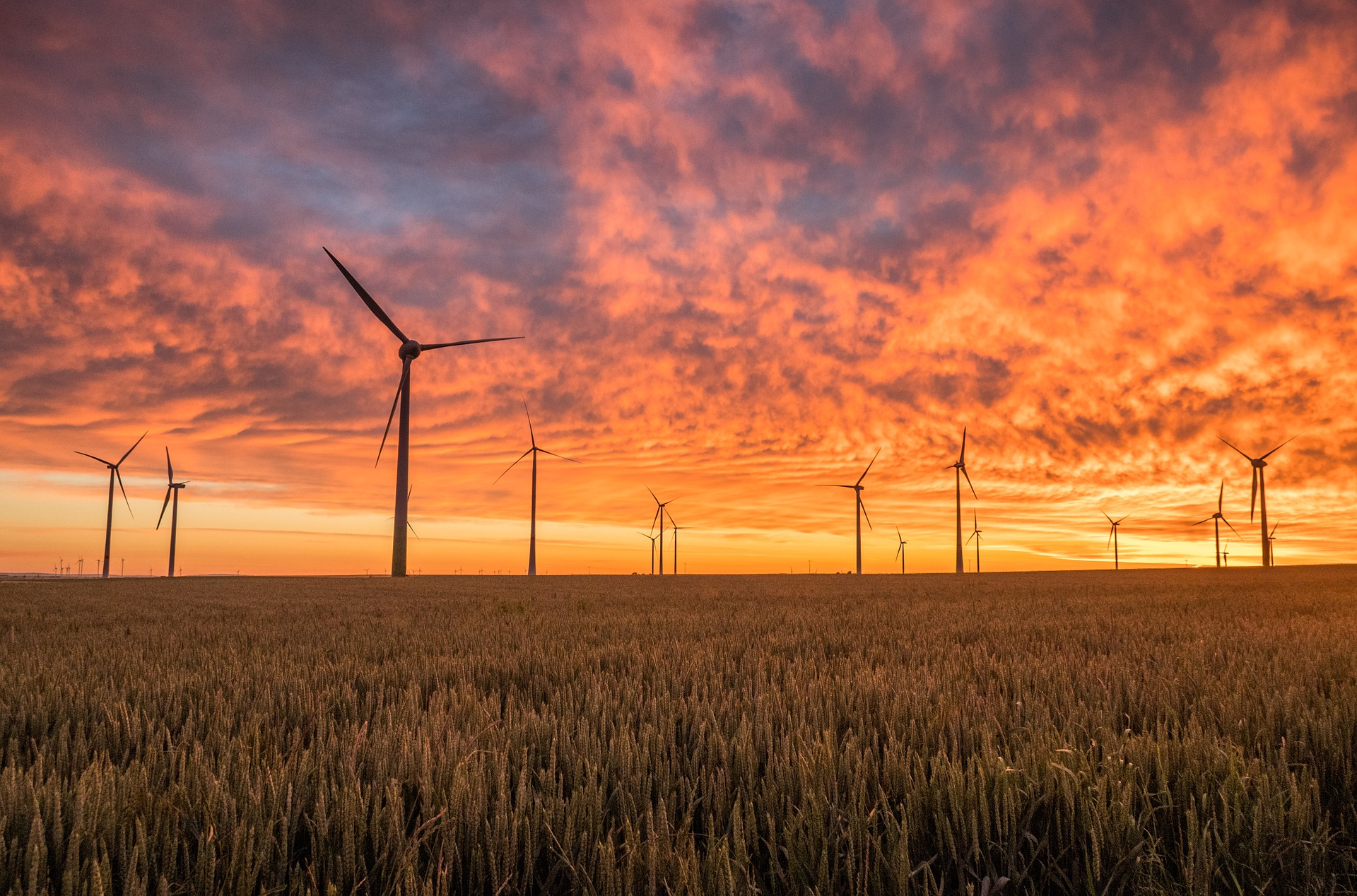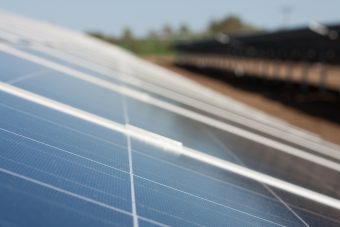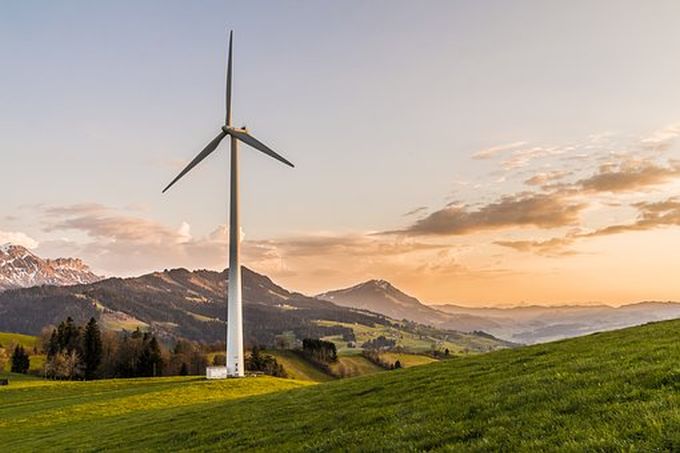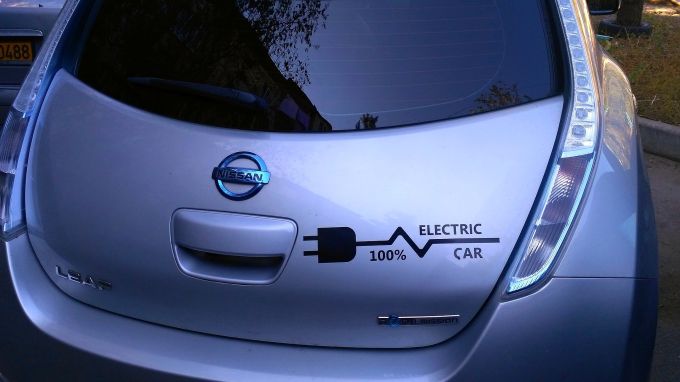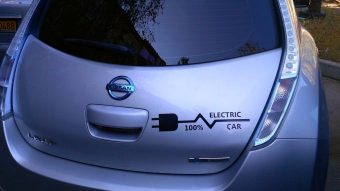 The World Bank has received a contribution of US$2.0 million from the Swedish International Development Agency (Sida) to provide Technical Assistance (TA) for improved solid waste management practices in Bosnia and Herzegovina.
The World Bank has received a contribution of US$2.0 million from the Swedish International Development Agency (Sida) to provide Technical Assistance (TA) for improved solid waste management practices in Bosnia and Herzegovina.
Technical Assistance activities will seek to strengthen the country’s institutional capacities to plan, manage and operate this important sector in an environmentally and economically sustainable manner through four components: 1. Solid waste management sector review and reform plan; 2. Institutional strengthening; 3. Public awareness and education campaign; and 4. Assessment of selected priority investments.
“As part of Sweden’s firm commitment to support improvement of environment and sustainable development in BiH, waste management is considered one of the important areas where collaboration should be extended. Sweden has actively supported the waste management sector in BiH since 2010. Our long term engagement in this sector aims at supporting BiH to effectively bridge the transition from the current status of waste management to a more integrated and sustainable sector aligned with EU Directives”, says Marie Bergström, Counselor at the Embassy of Sweden.
This Technical Assistance is aligned with the Swedish Cooperation Strategy with BiH for 2014-2020, specifically, its third pillar focused on better environment, reduced climate impact and enhanced resilience to environmental impact and climate change. The TA is also aligned with the World Bank Group’s Country Partnership Framework for BiH for 2016-2020, which identifies assistance to the solid waste sector as one of key priorities. In addition, this TA will support BiH’s efforts towards EU membership, which requires gradual transposition of the acquis.
“Over the last 15 years, BiH has made significant progress in improving its solid waste management system”, said Tatiana Proskuryakova, World Bank Country Manager for BiH and Montenegro. “The World Bank is encouraging all stakeholders, including local communities and all government levels to cooperate with each other in addressing solid waste management priorities in a manner satisfactory to the local population and in accordance with the laws in force.”
The Swedish Strategy for BiH envisages continuous support to environmental improvements, together with supporting good governance and economic development. The ultimate aim is to accompany the country along the line of EU accession and the Reform Agenda.
The World Bank portfolio of active projects in BiH includes 10 operations totaling approximately US$383 million. Areas of support in the area of environment include energy efficiency, local and urban infrastructure, and flood protection.
Source: worldbank.org

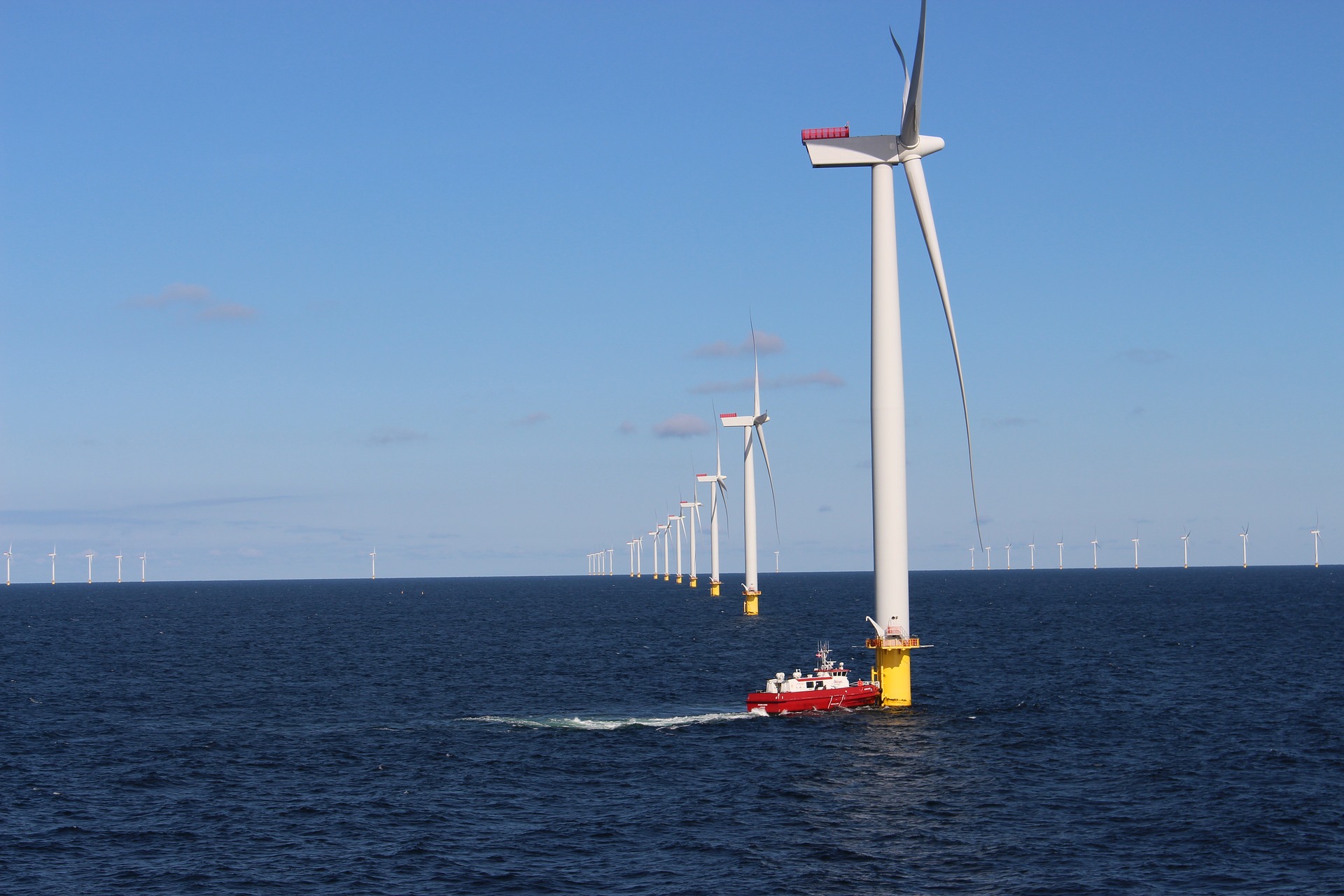
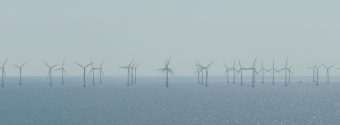





 The International Energy Agency said today that it was significantly increasing its five-year growth forecast for renewables thanks to strong policy support in key countries and sharp cost reductions. Renewables have surpassed coal last year to become the largest source of installed power capacity in the world.
The International Energy Agency said today that it was significantly increasing its five-year growth forecast for renewables thanks to strong policy support in key countries and sharp cost reductions. Renewables have surpassed coal last year to become the largest source of installed power capacity in the world.